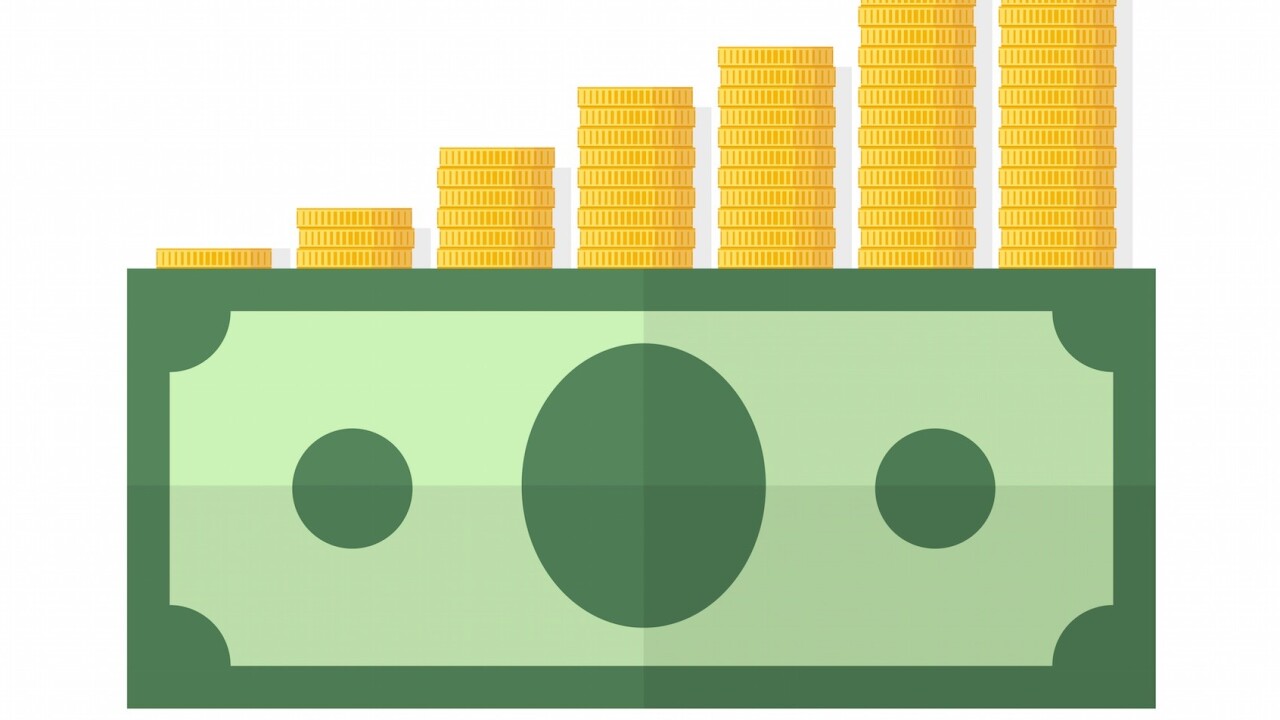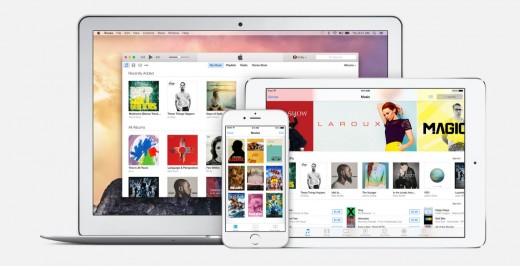
One of the first questions a potential investor is going to ask you is, “how do you plan to make money?”. It is critical you have a well-thought plan for the long term, even if revenues will be minimal in the short term.
Revenue models can vary based on: (i) your industry; (ii) your product or service within that industry; and (iii) what your direct competitors are doing. And most importantly, you need to assess whether your revenue plan passes the sanity check for your business and prospective investors.
-
What is Typical in Your Industry?
Every industry has a certain revenue model history and expectation from customers. For example, the retail industry sets a retail price on their products that includes enough gross profit margin to cover the cost of the product itself and the other proportional costs of running the business.
The publishing industry drives revenues from subscription fees for their content, or from advertisers wanting to get in front of their large base of readers. Technology companies sell their products either under installed license contracts (big upfront payment), or as a hosted software-as-a-service (small monthly payments).
So, research what is normal in your industry, as it will be easiest to sell through to prospective customers.
-
Are There Ways to Improve on the Norm?
There is no rule that you cannot think out of the box, if you have a new way to approach the business that customers will appreciate. Think about iTunes and how they revolutionized the purchase of music. Before the internet and companies like iTunes, you would need to go to a retail music store like Tower Records and buy an entire CD for $14.99 (if they had it in stock).
With iTunes, not only were you guaranteed they had it in stock, but you could simply buy the one track you wanted for $0.99, from the convenience of your home. It revolutionized the music buying experience for consumers.
But, at the same time, the model really hurt the music labels, that were seeing a fraction of revenues from music sales than they were seeing in the past, forcing them to change their models to drive more revenues from live concert tours than ever before.
-
What is Typical for Your Product Within Your Industry?
Within any one industry, there can be many variable revenue models to consider. Let’s look at the travel industry, as an example. A tour operator adds a 35 percent gross margin to the net cost of their tours.
A travel agent takes a 15 percent commission for selling a tour operator’s tour. A travel website sells advertising on its website at a $10CPM. A travel magazine sells an annual subscription for $19.99.
A travel related mobile app is downloaded for $0.99. A travel reservation system could be licensed to tour operators for $25,000 per year. I think you get the point, there can be many variations here. So, pick the one that makes best sense for your business.
-
What are Your Direct Competitors Doing?
Thirdly, the most important piece of the puzzle is figuring out how your competitors drive revenues, and using them as a benchmark. This includes not setting your prices in excess of your competitors, for similar services (please read this companion piece on Setting Your Product and Pricing Strategy for more details here).
It also includes not swimming upstream, by trying to sell through a new model. That may be better in the long run, but too hard to get your arms around in the short run, compared to your competitor’s models.
-
Don’t Create Any Friction to Consumer Buying
As an example, let’s say you are trying to sell a coupon book for $500, that will lead to $2,500 in savings from the coupons therein over the course of a year. Someone that is interested in coupons, most likely isn’t going to afford the $500 asking price to start, regardless of the underlying coupon value. And, even if they can afford the $500, a consumer may be skeptical they will actually use enough coupons therein to cover their upfront cost.
In this case, maybe it is better to market $100 books for $500 worth of savings, much more digestible. Or, give the books away to consumers for free, and take a revenue share from the merchandisers as consumers redeem their coupons over time, or upfront from advertisers within the book. You do not want to create any friction between consumers and them easily and willingly buying your products or services.
-
Does It Pass the Investor Sniff Test?
The last step in setting your revenue model is making sure it passes the sanity check:
- Is your revenue per transaction high enough to cover your costs and drive a profit (covering costs of the product, fulfillment and marketing)
- Have you tested your marketing initiatives first, to ensure you are clear on where your cost of acquisition per customer will end up, and set your revenue plan from there
- Can you turn your startup losses into profits with a 12-18 month period, and limit such losses at a digestible/fundable level for investors
- Can a 10x return reasonably be achieved by your investors in a 3-5 year period. All of these pieces of the puzzle are tightly interwoven when trying to determine your revenue model.
There is no one right way to build a business and revenue plan. But, hopefully, this post will point you in the right direction towards building a winning model.
Read Next: How to screen VCs for your start-up
Image credits: Shutterstock
Get the TNW newsletter
Get the most important tech news in your inbox each week.








